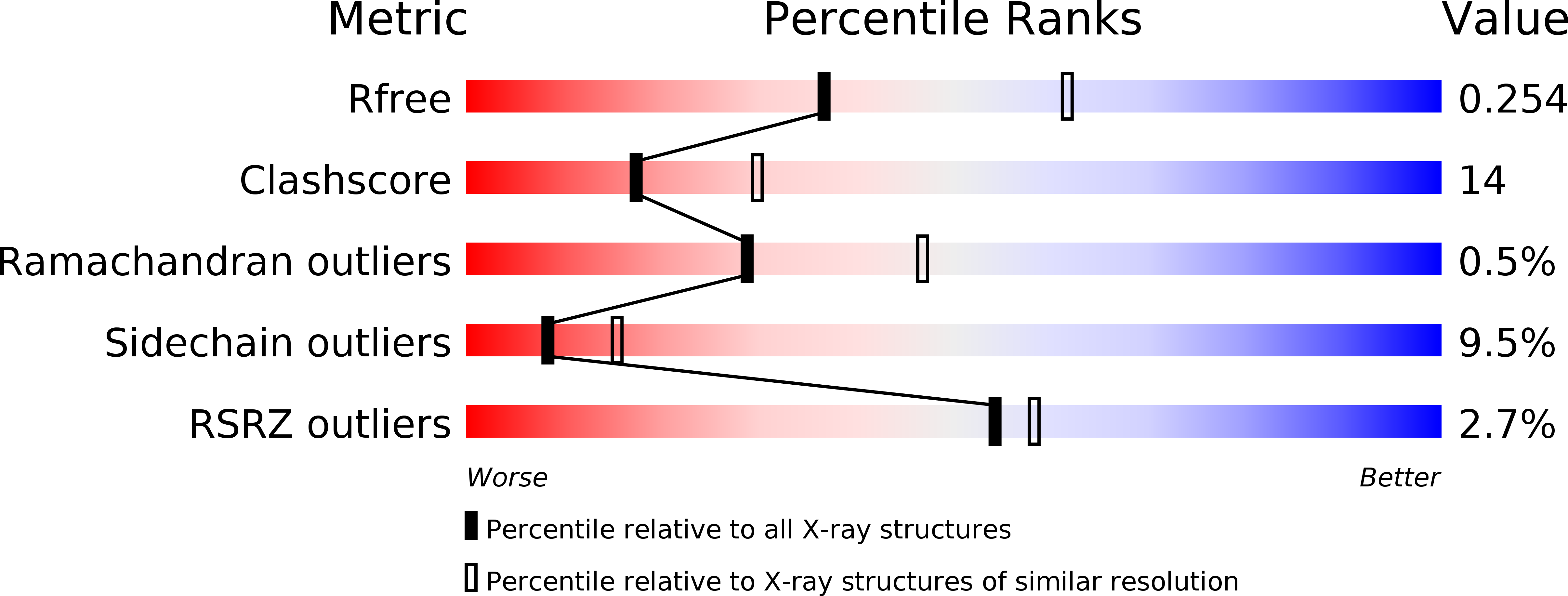
Deposition Date
2009-04-15
Release Date
2009-06-09
Last Version Date
2023-12-13
Entry Detail
PDB ID:
2WFY
Keywords:
Title:
Truncation and Optimisation of Peptide Inhibitors of CDK2, Cyclin A Through Structure Guided Design
Biological Source:
Source Organism:
HOMO SAPIENS (Taxon ID: 9606)
SYNTHETIC CONSTRUCT (Taxon ID: 32630)
SYNTHETIC CONSTRUCT (Taxon ID: 32630)
Host Organism:
Method Details:
Experimental Method:
Resolution:
2.53 Å
R-Value Free:
0.25
R-Value Work:
0.19
R-Value Observed:
0.19
Space Group:
P 21 21 21


